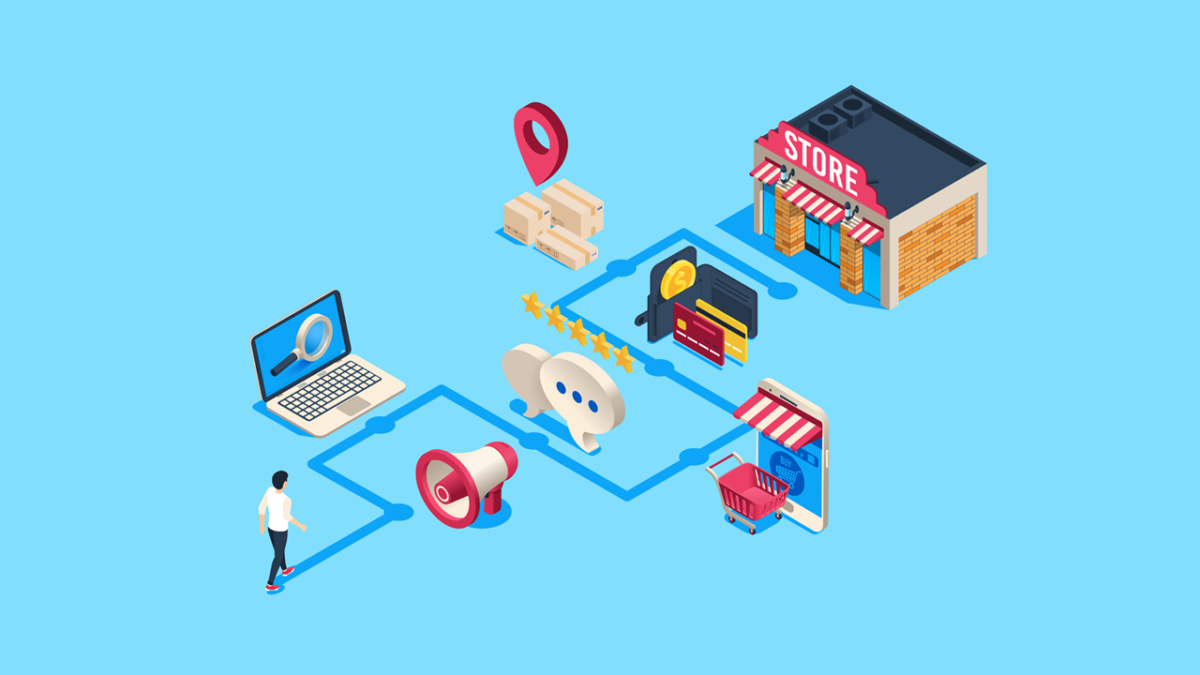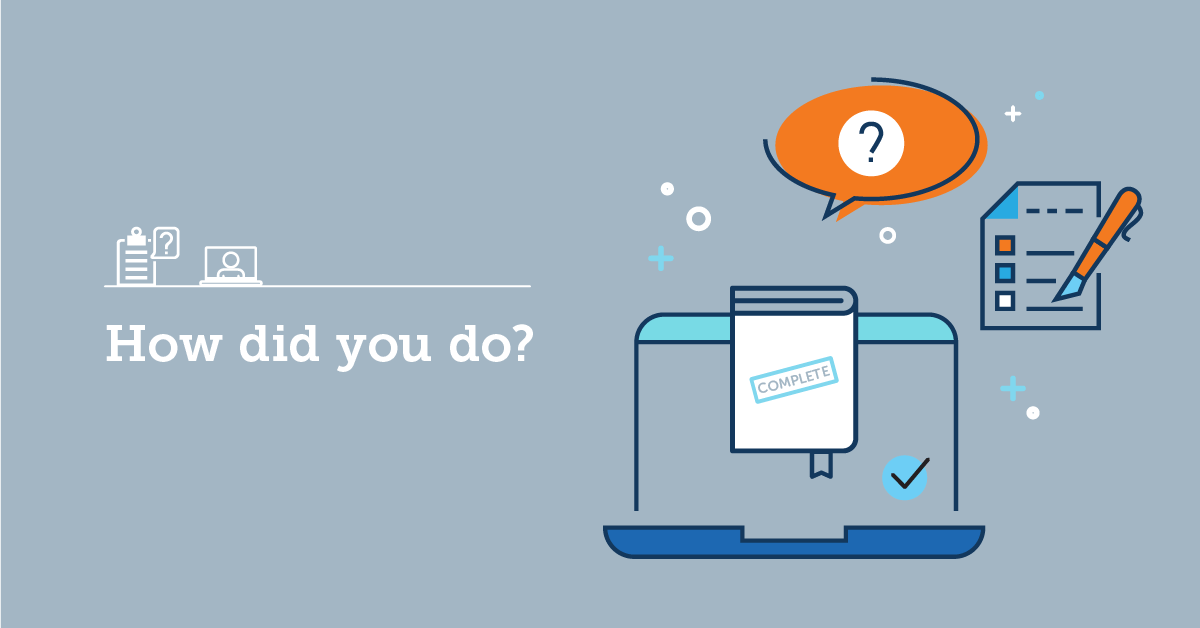Creative bottleneck is one of the stranglers of any creative effort, and it is a major problem faced by web designers. It makes work slow and unfulfilling. Despite your good intentions at the start of the project, creative bottleneck would somehow have you racing against time and trying to meet up with a certain quality of work.
The solution? Scaling your web design efforts.
What does this mean?
Scaling your web design is all about improving your design efforts and eliminating all the roadblocks that affect your team’s performance. It means establishing processes and taking steps to ensure that your team is focused, refreshed, and able to produce high-quality web designs and meet up with the workload you have.
There are three crucial problems that scaling seeks to solve.
Lack of Focus
Focus is golden for web designers. They need to focus on the creative process to deliver quality designs, and for this to happen, they need to stop paying attention to things that don’t matter like unnecessary back and forth meetings.
Stress
Stressed-out designers are not at their creative best and wouldn’t be able to deliver high-quality designs. This isn’t just a problem for the clients and team in general but also the designers. The positive reinforcement that fulfillment gives designers only makes them better at what they do. If they miss out on that, it could negatively affect their creativity.
Ineffective Work Process
An ineffective work process affects everything from the tools used to inter-team interaction and design.
Creative bottlenecks affect the design teams’ focus, well-being, and work process, making them unable to work at a high level. But fear not, you can make it all go away by scaling your web designs efforts. Many design companies adopt the ideal solution of including a DesignOps team to scale their web design, but this requires a bigger budget, and some companies are just not there yet.
If you can’t afford a DesignOps team yet, you can scale your web design using these five smart tips.
5 Smart Ways to Scale Up Your Web Design Efforts
1. Outline a Timeline and Set Firm Deadlines

Delay has a domino effect on collaborative design teams. Once one team member does not deliver on time, the delivery timeline shifts for another member, and on and on, it goes. At the end of the day, your team members are working nights trying frantically to meet a deadline that passed a few days ago. But because they are now panicking, productivity takes a nosedive, and the team members get frustrated – a wrong place to be.
Sound familiar? It may, especially if your web design team comprises remote workers. Zoom, Slack, Trello, Calendly, and all the other tools that make it easy to work with remote teams don’t make up for missed deadlines or the effect on the team. Not to say that they can’t happen with on-site teams because they do. However, remote teams experience it more.
What to do?
Draw up a timeline for every project. Let it be one that everyone can contribute to and have access to. While outlining the project timeline, allow for unforeseen hang-ups per designer and the entire project. Be sure that the timeline is detailed and contains what should be worked on and by whom at every stage of the project.
Next up is setting deadlines. Every team sets deadlines for their projects but sticking to a deadline is more about how it is set than the fact that it is set at all. Are your deadlines firm? Do you follow up with designers to ensure they keep to the micro-deadlines and stay on course?
Don’t just set a final deadline for launch day. Set micro-deadlines or milestones for the different stages of the project and even for your designers. It helps keep everyone on schedule.
What happens when one designer is lagging? Reach out to the designer to find out what’s holding them up and address the situation firmly afterward.
Being on time means no pressure and a better work atmosphere for your designers. It also makes it easy for the team to meet up with the workload available.
2. Get Everyone on the Same Page

Web design is a creative process, and there should be allowances made for designers to work alone without the limits that a group may place on their creativity. On the other hand, web design is a group effort that requires consistency of ideas and thought processes, and this makes it tricky.
If you enforce team meetings and prioritize collaboration throughout the design process, it’ll be slow, and the end product may not be the best. The other option wouldn’t be ideal as team members may have to make changes and adjustments to fit into a theme.
But it doesn’t have to be one or the other. You can maintain the creative liberty of your design team while also ensuring that everyone is on the same page by including everyone from the start.
Clients typically have little to do with the design process, but it might be more effective to include them from the start, especially in design businesses. Have them meet the team and discuss the project and design strategy. This would put both the client and design team on the same page for expectations. This alone shaves off time spent on a back and forth between client and team during and after the project.
But secondly, adopt the idea of a pre-design team meeting or a kick-start meeting. This meeting should be held after the team’s meeting with the client. It would be a group brainstorming session where the team members can come up with their angles and ideas of how the project should be tackled. Again, this puts all the designers on the same page and makes work more efficient. Design is better when there is collaboration.
These meetings are easier when all your designers are under one roof, but remote hiring has made it so that a design team may be composed of designers from different parts of the world and in different time zones. If your team is like the latter, you can still make these meetings work with team collaboration tools like Slack.
How does this help to scale your web design efforts?
It makes the design process shorter, eliminates confusion, and keeps the process as stress-free as possible. All of which contribute to a better team.
3. Encourage Shared Learning

A team that learns together grows together. Designers are lone wolves, and they tend to do all of their upskilling alone, which is fine, but when you’re scaling your design efforts, there’s something to be said about the benefits of shared learning.
Scaling your web design efforts is geared towards improving your design process by enhancing your designers individually and as a team. Shared learning is one of the ways you can build up your team’s cohesion.
Design might be individualistic, but a good team allows for individual creativity and team collaborations. You can start the fusion of your team from a shared learning space.
What does shared learning look like for a design team?
Think of shared learning as a digital school with many classes to take. Designers on your web design team can take interesting courses in this ‘school.’
How can you get this ball rolling for your team?
You can curate a digital library for your team and fill it with relevant resources. You can also foster periodic group discussions on new design trends and tools.
Assaf Cohen, who runs the gaming studio Solitaire Bliss, uses his project management systems to archive learnings. “For every design test we run in our games, we do a post-mortem, and discuss our learnings in the ticket. Did the design improve game play and user experience? Why or why not? Having this documented often serves as inspiration for future ideas.”
What do you get from a shared learning space?
Cross-pollination of information. When teams learn together and discuss afterward, they can learn more about a subject by listening to someone else’s thoughts. But the most significant advantage is the team cohesion that it builds. This cohesion would make working together seamless.
4. Have Arguments

No, I’m not joking. Have arguments as much as possible. This is not permission for designers to declare open season on each other but permission for them to learn. Some design teams have fallen into the dangerous space of constant agreement.
When a project comes up, and there’s a brainstorming session, encourage team members to voice differing opinions. Let these sessions be more of a back and forth for ideas than a meeting to assign duties.
Your design process would benefit from these arguments.
5. Keep a Team Diary

Teamwork, using the right tools, and setting deadlines keep your team accountable and improve the work process but sometimes, taking these measures would not have the effect you want.
In cases like this, you’ll need to keep a diary.
A design diary or journal isn’t a new concept. Many designers already keep a journal of their design process for each project they work on. In this case, what you’ll need is a team journal. The team diary would document the team’s design process for different projects from start to finish. The reason for keeping this diary is to document what your team does, but for scaling your design process, you can refer to this diary to see if there’s any creative bottleneck in your team’s process that you might have overlooked. Conversely, these diaries would also highlight strategies that have been very helpful and effective for teamwork.
Encourage your team to keep personal work diaries as well. They may be able to see areas of their design process that should be improved or replicated.
Reducing the bureaucracy in your design process is another innovative way to scale web design with your team. Too many people signing off on decisions slows down the process and affects the workflow of designers. In some instances, it also stifles creativity in your designers. Keep the list short and your design process sweet.
Conclusion
Many design teams have functioned below par for so long because of creative bottlenecks and require scaling. But they do not have the budget for adopting DesignOps. This doesn’t mean that you can’t scale your web designs. You can.
Scaling your design efforts doesn’t have to be a big affair, and if you have a small team, you don’t need to get a DesignOps team. You can change up a few things and see a considerable improvement in your design efforts.
- Scaling Up Your Web Design Efforts (The Smart Way to do it) - June 6, 2022
![]() Give feedback about this article
Give feedback about this article
Were sorry to hear about that, give us a chance to improve.








